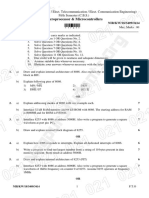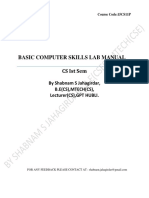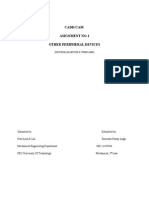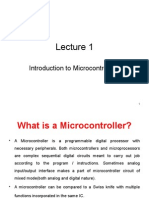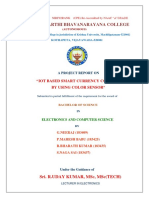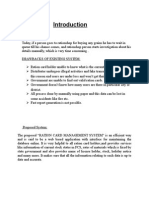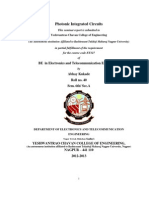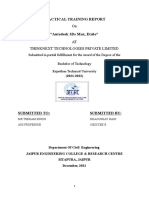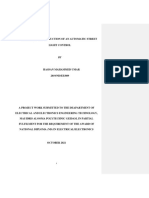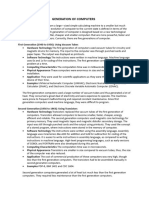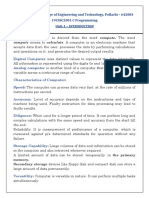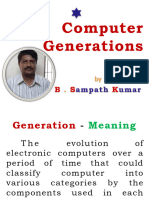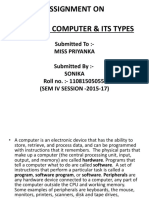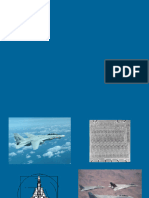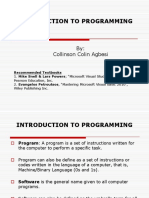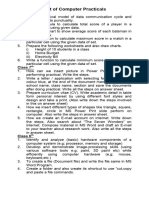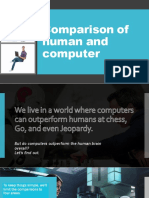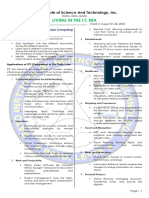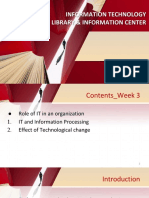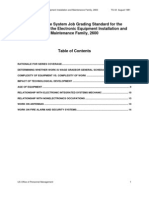0% found this document useful (0 votes)
491 views4 pagesGeneration of Computer
Vacuum tubes, transistors and diodes, integrated circuits, microprocessors
Uploaded by
Kabindra KoiralaCopyright
© © All Rights Reserved
We take content rights seriously. If you suspect this is your content, claim it here.
Available Formats
Download as PDF, TXT or read online on Scribd
0% found this document useful (0 votes)
491 views4 pagesGeneration of Computer
Vacuum tubes, transistors and diodes, integrated circuits, microprocessors
Uploaded by
Kabindra KoiralaCopyright
© © All Rights Reserved
We take content rights seriously. If you suspect this is your content, claim it here.
Available Formats
Download as PDF, TXT or read online on Scribd
/ 4
